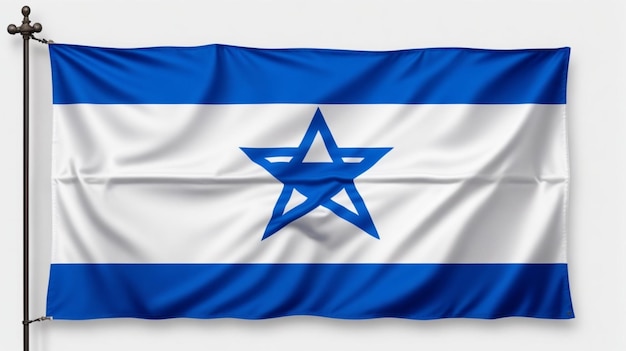
Israel offers one of the best autumn getaways for Europeans, especially when much of Europe is experiencing dark, rainy, and cold weather. With a flight time of just four to five hours from major European cities, Israel is a convenient destination for a quick escape to sunnier climates.
While many travelers come for the sun and sea, there are many other reasons to visit Israel. It is renowned for its holy sites, being the land of Joseph, Mary, and Jesus. Jerusalem, the capital, is one of the world’s oldest cities and holds religious significance for Christians, Muslims, and Jews alike, making it a major pilgrimage site.
In 2018, Israel welcomed 4 million tourists, highlighting tourism as a vital part of its economy. If you’re wondering what to do in Israel, here are some key places to consider on your trip.
First and foremost, Jerusalem is an absolute must-see. This ancient city is sacred to three major religions—Islam, Christianity, and Judaism. Its Old City is divided into four quarters: Muslim, Armenian, Christian, and Jewish. Walking through Jerusalem feels like stepping back in time, surrounded by well-preserved historical and religious monuments.
Tel Aviv, Israel’s second-largest city, is known as the party capital of the Middle East and one of the top nightlife destinations worldwide. It boasts beautiful beaches stretching over 10 kilometers along the Mediterranean, and hosts some of the country’s best museums. The city is also very LGBT-friendly and is often cited as one of the most welcoming places globally.
Eilat is another popular resort destination in Israel, particularly favored by snorkelers and scuba divers. The southern part of Eilat offers unique opportunities to swim with bottlenose dolphins at the Dolphin Reef. For hiking enthusiasts, the Red Canyon provides an accessible hike amidst stunning desert scenery. Nearby, the Timna Valley, located around 30 kilometers from Eilat, features ancient copper mines and is surrounded by breathtaking sandstone mountains. Eilat’s proximity to Jordan and Egypt makes it an excellent base for visiting Petra and Cairo.
The Dead Sea is another iconic spot in Israel. Floating in its super-salty waters is a unique experience, as the salt content makes it impossible to sink. Despite its name, the Dead Sea is actually a lake and holds the title of the lowest point on Earth at 430 meters below sea level. The surrounding shores and their fascinating salt formations add to the area’s mystique. Ein Bokek, located along the Dead Sea, is a well-known resort district offering various accommodations.
Masada, an ancient fortress in the Judean Desert near the Dead Sea, is another must-visit. Perched on a rocky plateau overlooking the Dead Sea, Masada is a symbol of the ancient kingdom of Israel and a UNESCO World Heritage Site known for its well-preserved palaces and fortifications. The dramatic, desolate landscape adds to its allure.
Caesarea, a town on the Mediterranean coast, inherits its name from the ancient city of Caesarea Maritima. Now part of Caesarea National Park, the area features an ancient Roman theater, harbor, and aqueduct. Caesarea has undergone recent restorations and now stands as one of Israel’s most fascinating archaeological sites.
Lastly, the Ramon Crater in the Negev Desert offers one of the most unique landscapes in Israel. It’s the largest erosion crater in the world, stretching 40 kilometers long and 10 kilometers wide. Its lunar-like terrain makes it a dramatic sight, although it’s often underestimated despite being a natural wonder.
These locations highlight the diverse attractions Israel offers beyond just sun and sea, from historical sites to natural wonders.